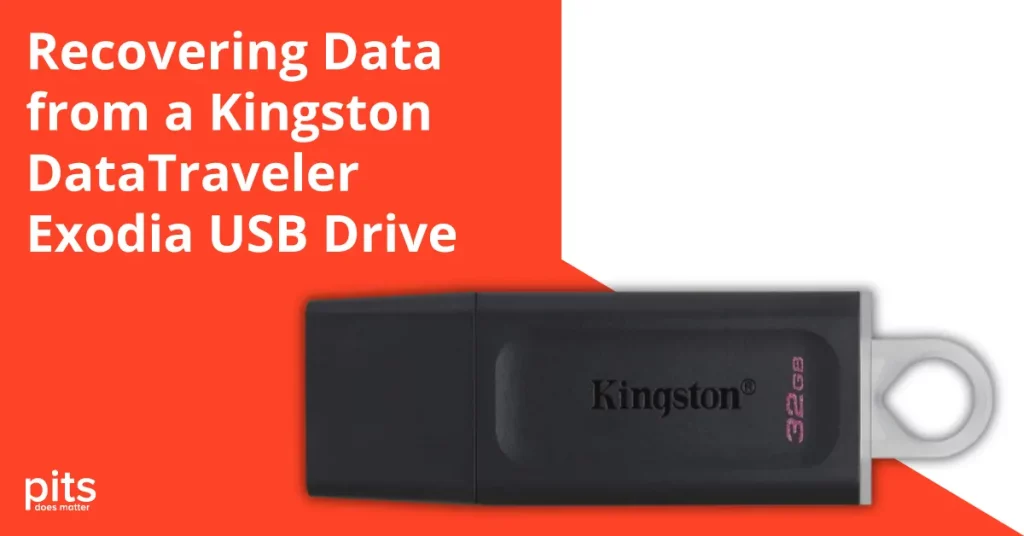Wiping your Mac hard drive can be a necessary step before selling or donating your device, or when troubleshooting persistent issues. Disk Utility is a built-in tool on macOS that allows you to securely erase your hard drive with ease. In this article, we’ll walk you through the process of wiping a Mac hard drive using Disk Utility, ensuring that your data is removed safely and completely.
Why Wipe Your Mac Hard Drive?
Before diving into the steps, let’s discuss why you might need to wipe your Mac hard drive:
-
Preparing for Sale or Donation: To protect your personal information, wiping the drive ensures that none of your data can be recovered by the next user.
-
Fixing Performance Issues: If your Mac is running slowly or experiencing persistent errors, a clean wipe may resolve these problems.
-
Reinstalling macOS: Sometimes, starting fresh with a clean installation of the operating system can enhance performance and functionality.
Preparing for the Wipe
Before you proceed with wiping your hard drive, it’s crucial to back up your data. Use Time Machine or any other backup solution to ensure that you do not lose important files. Once you have a backup, follow these steps:
Step 1: Restart Your Mac in Recovery Mode
- Click on the Apple logo in the top-left corner of your screen.
- Select Restart.
- Immediately hold down Command (⌘) + R until you see the Apple logo or a spinning globe. This action will boot your Mac into Recovery Mode.
Step 2: Open Disk Utility
- Once in Recovery Mode, you’ll see the macOS Utilities window.
- Click on Disk Utility and then Continue.
Step 3: Select the Hard Drive to Wipe
- In Disk Utility, you’ll see a list of available drives on the left side.
- Select the hard drive you want to erase (typically, it will be named Macintosh HD or similar). Make sure to select the actual drive, not just the volume under it.
Step 4: Erase the Hard Drive
-
Click on the Erase button located at the top of the Disk Utility window.
-
A new dialog box will appear. Here, you will need to enter the following information:
- Name: Choose a name for the drive (e.g., Macintosh HD).
- Format: Select APFS (recommended for newer Macs) or Mac OS Extended (Journaled) for older Macs.
- Scheme: Choose GUID Partition Map.
-
After filling in these details, click on the Erase button. Disk Utility will begin the process of wiping your hard drive.
Step 5: Complete the Process
- Once the erase process is complete, a confirmation message will appear. Click Done.
- You can now exit Disk Utility by clicking on Disk Utility in the menu bar and selecting Quit Disk Utility.
Step 6: Reinstall macOS (Optional)
If you plan to continue using your Mac, you’ll want to reinstall macOS:
- From the macOS Utilities window, select Reinstall macOS.
- Follow the on-screen instructions to install a fresh copy of macOS on your wiped hard drive.
Important Considerations
-
Data Recovery: Simply erasing your hard drive doesn’t guarantee that your data is unrecoverable. For sensitive information, consider using the Security Options in Disk Utility, which allows you to choose a more secure erase method.
-
Power Supply: Ensure that your Mac is connected to a power source during this process to avoid interruptions.
-
Internet Connection: If you plan to reinstall macOS, a stable internet connection is essential for downloading the operating system.
Conclusion
Wiping your Mac hard drive using Disk Utility is a straightforward process that can enhance the performance of your device or protect your personal data before parting with it. Always remember to back up your data beforehand and consider the implications of data recovery. By following the steps outlined in this guide, you can ensure a secure and effective wipe of your Mac’s hard drive.


